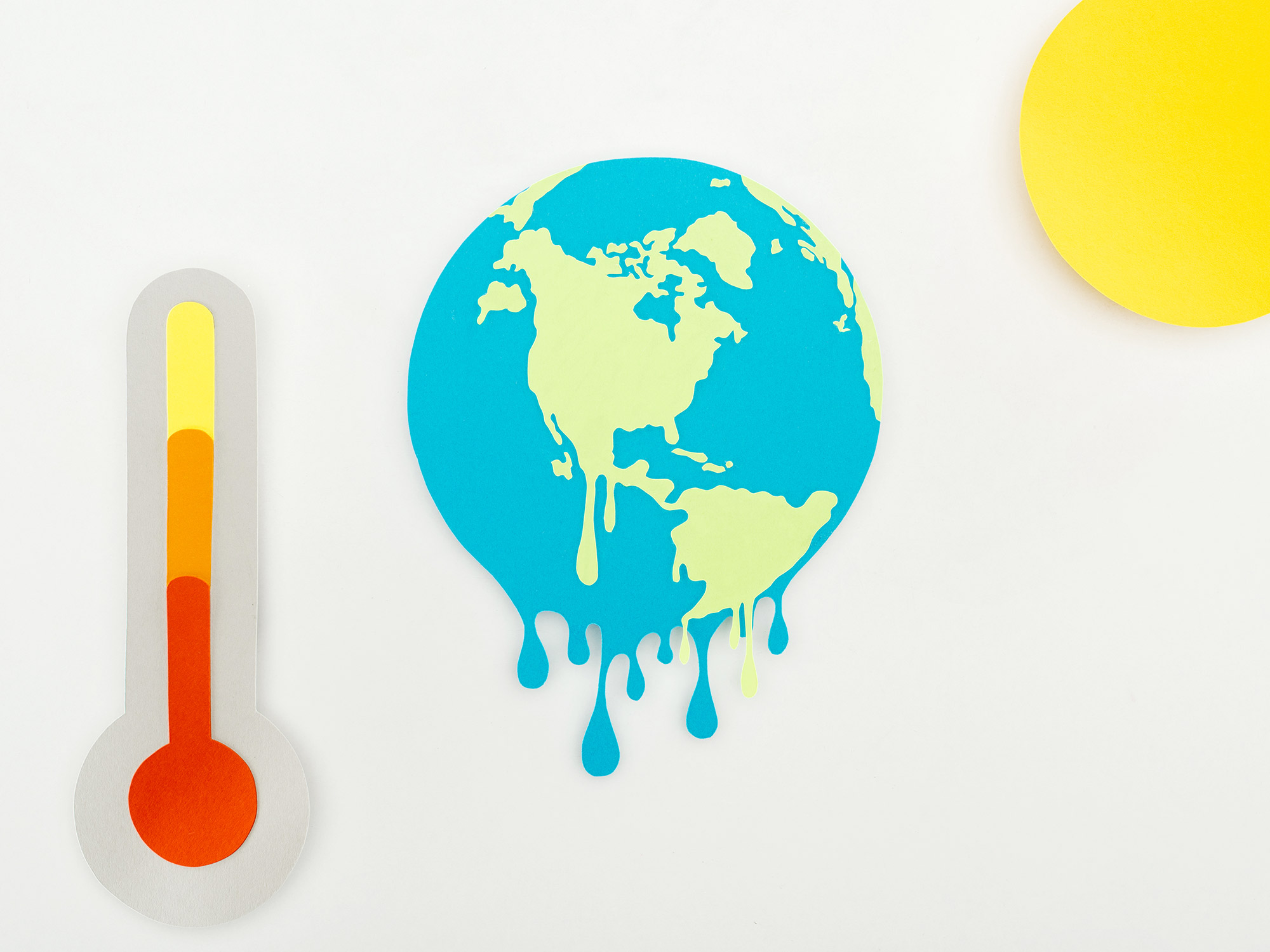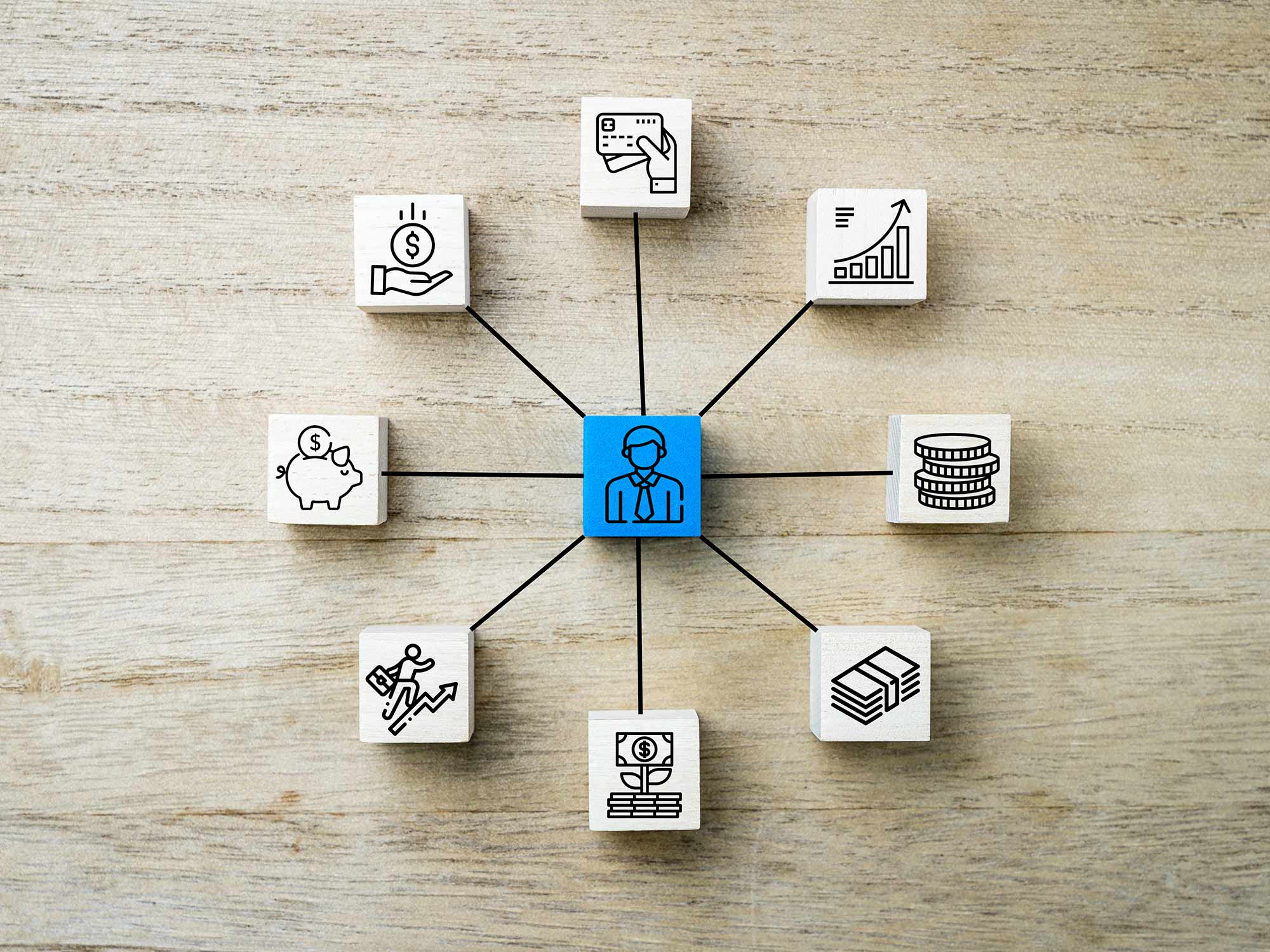Weather Extremes Have Become Everyday Life
The year 2025 has been a series of unprecedented weather events. A scorching heatwave swept across Europe, drying out trees that had stood for decades, while a super typhoon in South Asia destroyed the homes and livelihoods of tens of thousands of people in just a few hours. [1]
In Africa, relentless droughts have exposed riverbeds and accelerated a deepening food crisis. [2]
What’s even more alarming is that these weather patterns are no longer temporary “anomalies.” They are becoming the new standard—the “New Normal.” Seasons blur into one another, and the predictable weather we once took for granted is disappearing from daily life. Amid this shifting reality, one of the most defining keywords of 2025 is “Climate Sensitivity.”
What Is “Climate Sensitivity”?
“Climate sensitivity” refers to the ability or attitude to notice subtle changes in the climate and respond sensitively to them. The climate crisis we face today has moved beyond the question of whether we are aware of it or not. Simply knowing that Arctic ice is melting is no longer enough. The focus has now shifted entirely to how we respond—the realm of action. The first step toward that is a shift in awareness. We must no longer see climate change as an unpredictable “abnormality” but as a constant—a recurring reality we must live with each year. By facing this new reality and continuously adapting to it, we can cultivate true climate sensitivity.

Dimension 1: Changes in Consumption
Climate sensitivity first manifests in individual consumption patterns. As extreme weather becomes part of everyday life, outdoor weekend activities are giving way to comfortable indoor spaces such as shopping malls. In the fashion industry, cooling fabrics like seersucker and UV-blocking functional clothing have become essential summer items. [3]
This shows that climate change is fundamentally reshaping what consumers value—the unique selling propositions behind their choices. In this transformation, we stand at a crossroads: will we remain passive consumers swept along by change, or become conscious consumers who actively lead the way in responding to the climate crisis?

Dimension 2: Changes in Business
For companies, climate sensitivity is now a key factor determining survival. Industries directly affected by weather are seeing especially dramatic shifts. The food tech sector is pouring resources into developing alternative foods suited to new crop-growing conditions. The construction industry is adopting climate-adaptive architecture that maximizes energy efficiency and withstands extreme weather. Even our dinner tables are changing. Squid, one of Korea’s most commonly consumed seafoods, has dropped to a record low of 14,940 tons coastal waters—a 42% decrease from the previous year and only one-sixteenth of what it was in 2004 (234,000 tons). [4]
Amid these changes, companies that lack climate sensitivity will be weeded out, while only those that recognize the flow of change and innovate will be able to seize leadership in the future market.

Dimension 3: Changes in Public Policy
Finally, climate sensitivity extends to public policy, shaping how societies build their systems. The climate crisis affects everyone, regardless of income or status, making sound policymaking more crucial than ever. Until now, social welfare policies have largely focused on economic issues such as income disparity. However, record-breaking heatwaves and cold snaps hit the most vulnerable the hardest—those living in tiny rooms without air conditioning or struggling to pay heating bills. [5]
The climate crisis is thus creating new cause of inequality and threatening the survival of existing vulnerable groups. In response, citizens must urge governments to move beyond fragmented welfare measures and build a new social safety net—“climate welfare”—that guarantees every individual the right to safety from climate disasters.

Our Role in Building a Sustainable Future
How, then, should climate sensitivity be reflected in our lives—especially on university campuses, where students spend much of their time? A campus is a miniature version of society, and also one of its most dynamic spaces, where all three forms of change—consumption, business, and policy—can be explored and practiced.
First, we are the most active consumers on campus.
Using a personal tumbler instead of a disposable cup, reusing scrap paper for printing, and carrying textbooks in an eco-bag rather than a plastic bag—these small, everyday habits are examples of sustainable consumption.

Second, we are the next generation of leaders who will shape future businesses.
Climate sensitivity is no longer a choice—it is an essential skill for future talent. The most fundamental practice begins with learning. When registering for next semester’s courses, consider adding a class related to the environment. This intellectual curiosity is the first and most certain step toward developing climate sensitivity. Moreover, connecting our fields of study to solving the climate crisis can become a powerful driving force for transforming the businesses of tomorrow.

Lastly, we have the power to change the small society we belong to—our school.
Big slogans aren’t necessary. Change can begin with small, practical actions: suggesting improvements to the dormitory or library recycling system, or proposing a food waste reduction campaign in the cafeteria. Beyond campus, our voices can reach even further—through participation in government environmental programs or corporate ESG contests, we can turn our ideas into real social change. When our climate sensitivity grows into a collective voice that drives change both on and off campus, we take the first genuine step toward building a sustainable social foundation.

As Professor Kim Nan-do, author of Trend Korea, emphasizes, the core of climate sensitivity lies in recognizing that “it’s not someone else’s problem—it’s my responsibility to act.”
The future we will encounter begins here and now—on our own campus.